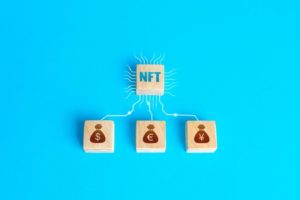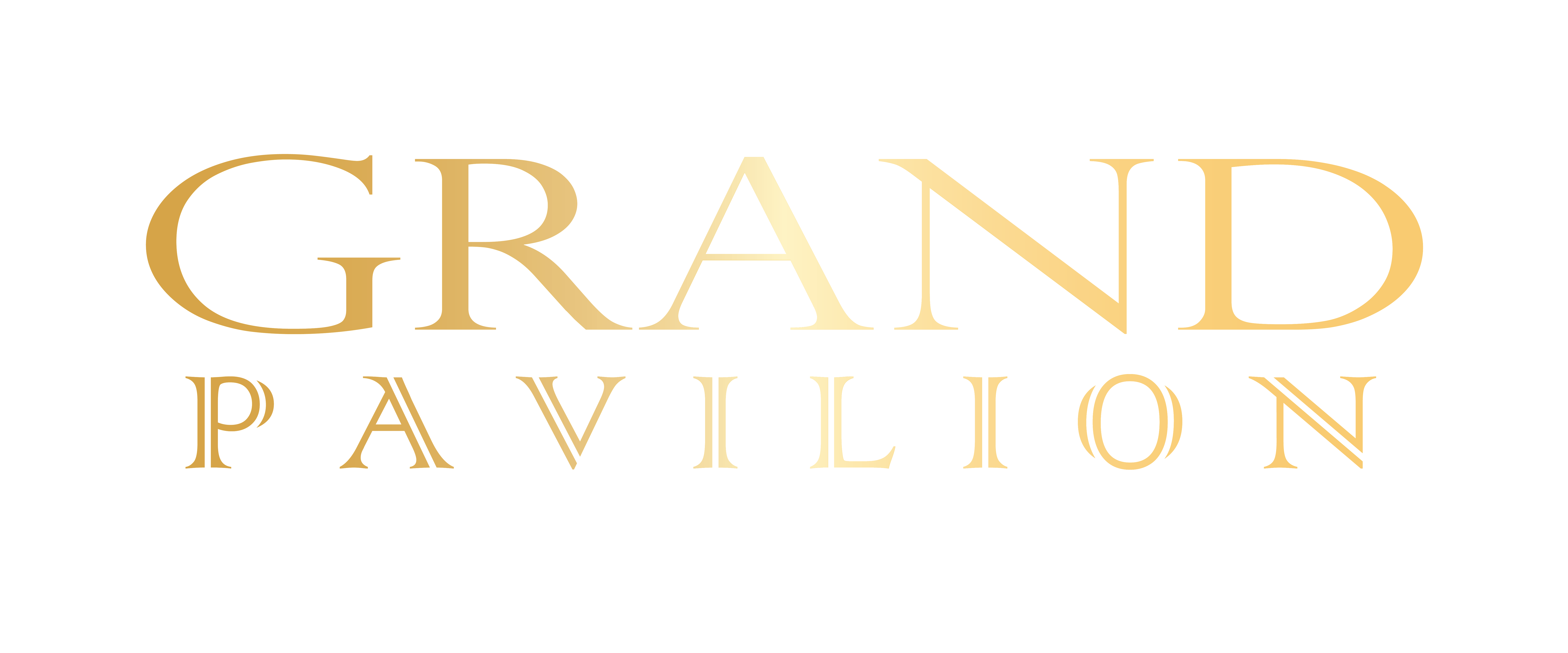The United Nations Sustainable Development Goals: A History and Background
By now, most of us would be familiar with the United Nations Sustainable Development Goals (SDGs). They have been widely adopted by governments and companies alike, and have been widely publicized.
But do we know much about its background? Or how it came about? Why are there 17 SDGs? Here is a short history of the SDGs.
Background to the SDGs
The United Nations has always been interested in environmental sustainability. As early as 1987, the UN set up the Commission on Environment and Development to “propose long-term environmental strategies for achieving sustainable development.”
As for poverty, the UN started the Millennium Development Goals (MDGs) in 2000. The MDGs established measurable priorities for tackling extreme poverty and hunger, preventing deadly diseases, and expanding education. As a result, more than 1 billion people have been lifted out of extreme poverty since 1990.
The SDGs combine the social goals of the MDGs and environmental goals to create an interlinked set of global goals, related to the environmental, political and economic challenges that we face as humanity.
The SDGs were adopted at the UN Sustainable Development Summit in New York in September 2015, where member states adopted 17 goals as a “plan of action for people, planet and prosperity.”
What are the 17 SDGs?
Goal 1. End poverty in all its forms everywhere
Goal 2. End hunger, achieve food security and improved nutrition and promote sustainable agriculture
Goal 3. Ensure healthy lives and promote well-being for all at all ages
Goal 4. Ensure inclusive and equitable quality education and promote lifelong learning opportunities for all
Goal 5. Achieve gender equality and empower all women and girls
Goal 6. Ensure availability and sustainable management of water and sanitation for all
Goal 7. Ensure access to affordable, reliable, sustainable and modern energy for all
Goal 8. Promote sustained, inclusive and sustainable economic growth, full and productive employment and decent work for all
Goal 9. Build resilient infrastructure, promote inclusive and sustainable industrialization and foster innovation
Goal 10. Reduce inequality within and among countries
Goal 11. Make cities and human settlements inclusive, safe, resilient and sustainable
Goal 12. Ensure sustainable consumption and production patterns
Goal 13. Take urgent action to combat climate change and its impacts [n 10]
Goal 14. Conserve and sustainably use the oceans, seas and marine resources for sustainable development
Goal 15. Protect, restore and promote sustainable use of terrestrial ecosystems, sustainably manage forests, combat desertification, and halt and reverse land degradation and halt biodiversity loss
Goal 16. Promote peaceful and inclusive societies for sustainable development, provide access to justice for all and build effective, accountable and inclusive institutions at all levels
Goal 17. Strengthen the means of implementation and revitalize the global partnership for sustainable development
What have the SDGs achieved?
The SDGs aim to achieve their stated agenda by 2030. The way it is envisioned is for the public and private sector to come together to address these multidisciplinary, interlinked issues to create a better future.
Each goal has a range of indicators to track progress. For example, Goal 1 of ending poverty tracks the proportion of the population living below the international poverty line (currently defined as less than US$1.25 per day), population covered by social protection, households with access to basic services etc.
As of 2021, the UN Sustainable Development Goals Report 2021 states that the COVID-19 pandemic has stalled or even reversed many of the gains made over the past few years. Yet, with the right political will and global solidarity, the vision of sustainable development by 2030 can still be achieved.
Art, Sustainability, and MCSDG
By supporting artists on MCSDG, you too can support sustainable development. For every dollar spent on the platform, MCSDG will donate a portion to charities supporting the UNSDGs. However much the world is in crisis, there is always hope to draw on when we each play our part.




